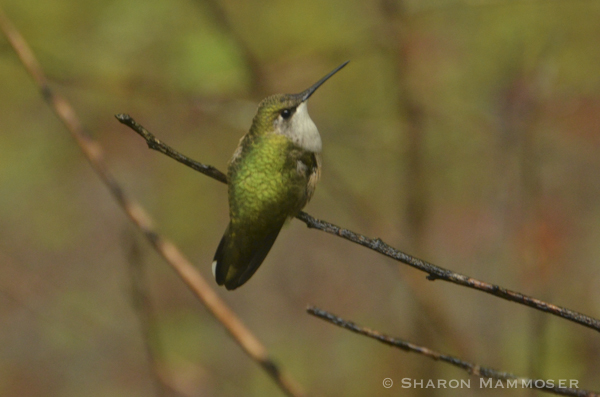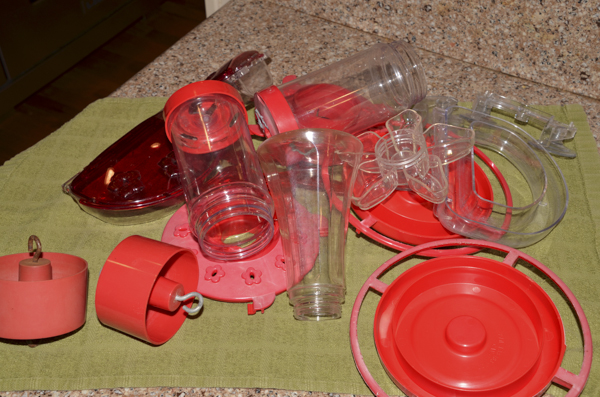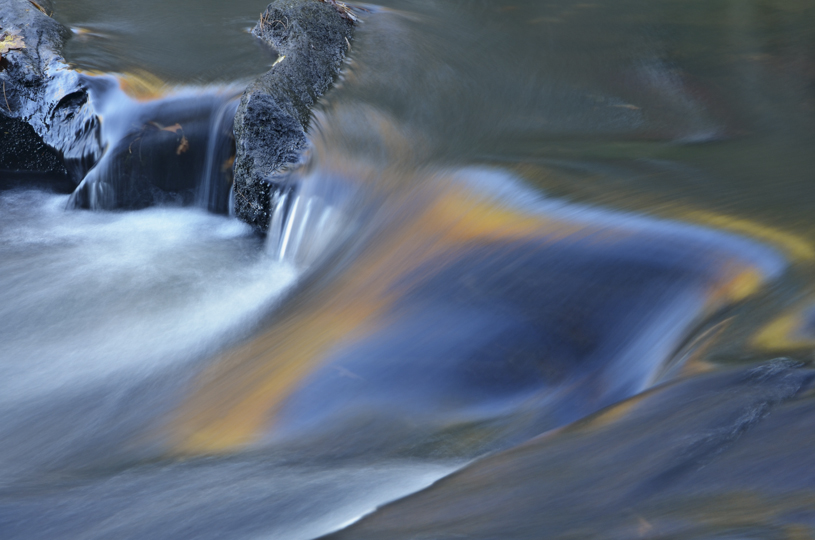 Guess who’s headed north? It’s that time of year again when the ruby-throated hummingbirds are heading back from their long migrations to their northern homes to breed and raise babies. You can check out their progress here to see if they are in your area yet.
Guess who’s headed north? It’s that time of year again when the ruby-throated hummingbirds are heading back from their long migrations to their northern homes to breed and raise babies. You can check out their progress here to see if they are in your area yet.
Are your feeders out yet? If not, it’s time to put them out! The sooner the better as birds finding feeders on their way might be tempted to stay and nest if they find suitable food sources nearby.

Here’s a recommendation I have for a couple of great hummingbird feeders:
- My very favorite feeder is a suction cup feeder *that has a built in ant moat. I own two of these and love them! The moat keeps the ants out and the suction cups allow me to have it mounted on my second story office window where I can watch the birds feeding all day long. It is less than 6 feet from my chair so I am at eye level when the birds visit. They don’t usually seemed phased at all by my presence if I sit still. I never tire of watching them, and getting this close-up look is fabulous. If you have young kids, they will love this… or if YOU are a kid yourself, you will love it! (You can see this feeder in action here if you want)
- This hanging feeder works great in the garden or on a hook on your deck and you can add an ant moat that sits above the feeder. What I most love about this one is that it comes completely apart for easy cleaning. When it comes to feeders, this is SO IMPORTANT as many do not open and so it is impossible to clean them, which means mold grows and can harm the birds. Another plus of this feeder is that it has no yellow on it. Know why this is good? Because bees, yellow jackets and other insects are attracted to yellow. There is no reason to use yellow when the red parts attract the birds.
So you probably know you can make your own nectar–saving some money and NOT supporting the red dye products that may be harmful to the little birds. Just mix up four parts of water to one part of regular white granulated sugar. You do not need red dye!
Here are some previous posts I wrote about feeding hummingbirds: If you’re not doing THIS, you may be causing hummingbird deaths: 8 things you need to know, or why you should NOT use red dye, and one more about attracting hummingbirds, including some plants to offer, and the recipe for making nectar. And then, just in case you want to be amazed, read this one about 10 things you may not know about hummingbirds. Or check out this 1 minute video of a male hummingbird–what a brilliant red gorget!
Don’t you just love these amazing birds??
*Some of the links in this post are affiliate links. If you buy something using one of the links, I receive a small commission at no extra cost to you. All of the opinions about these products are mine. I only feature products I own, or would own.

